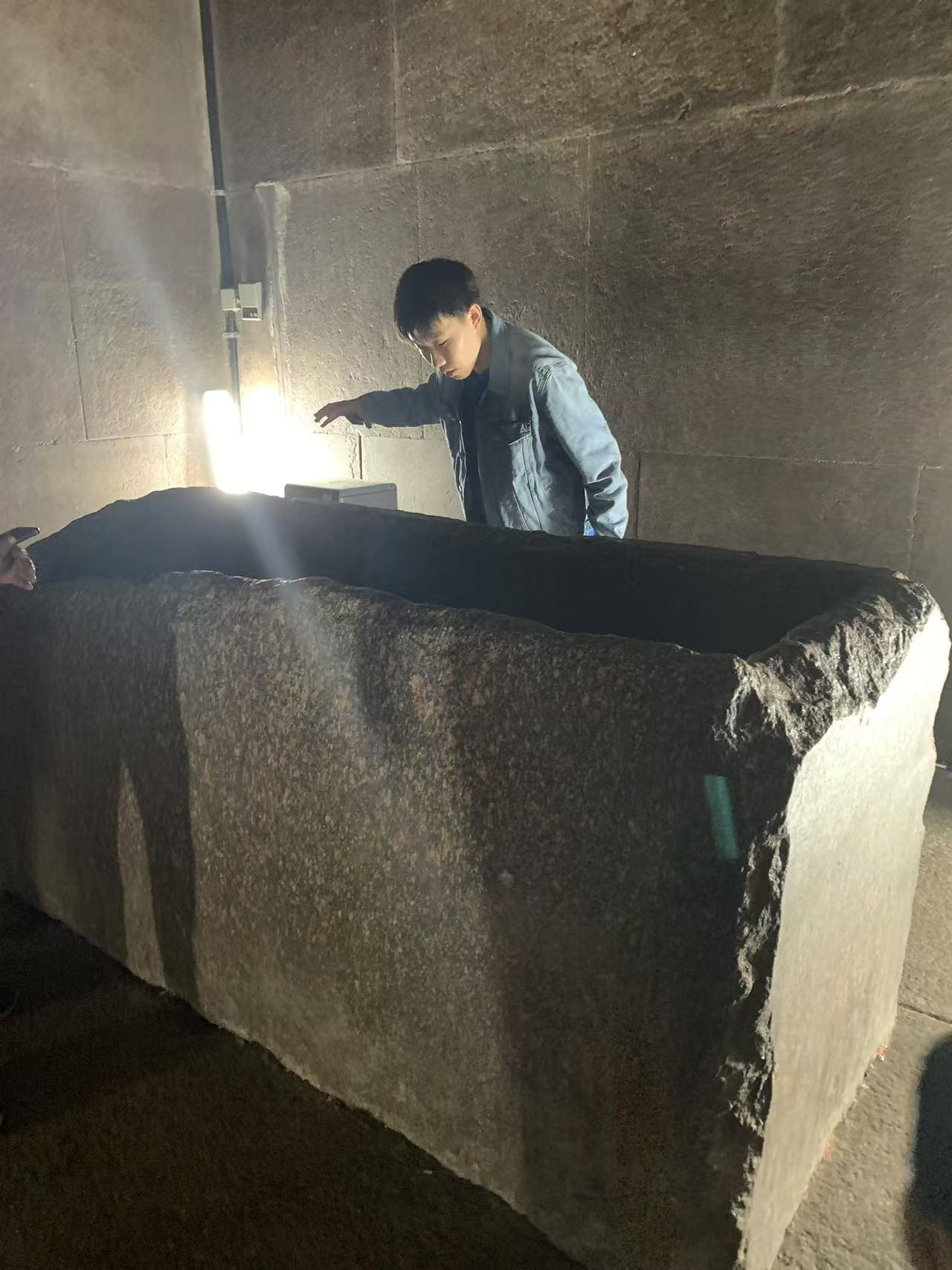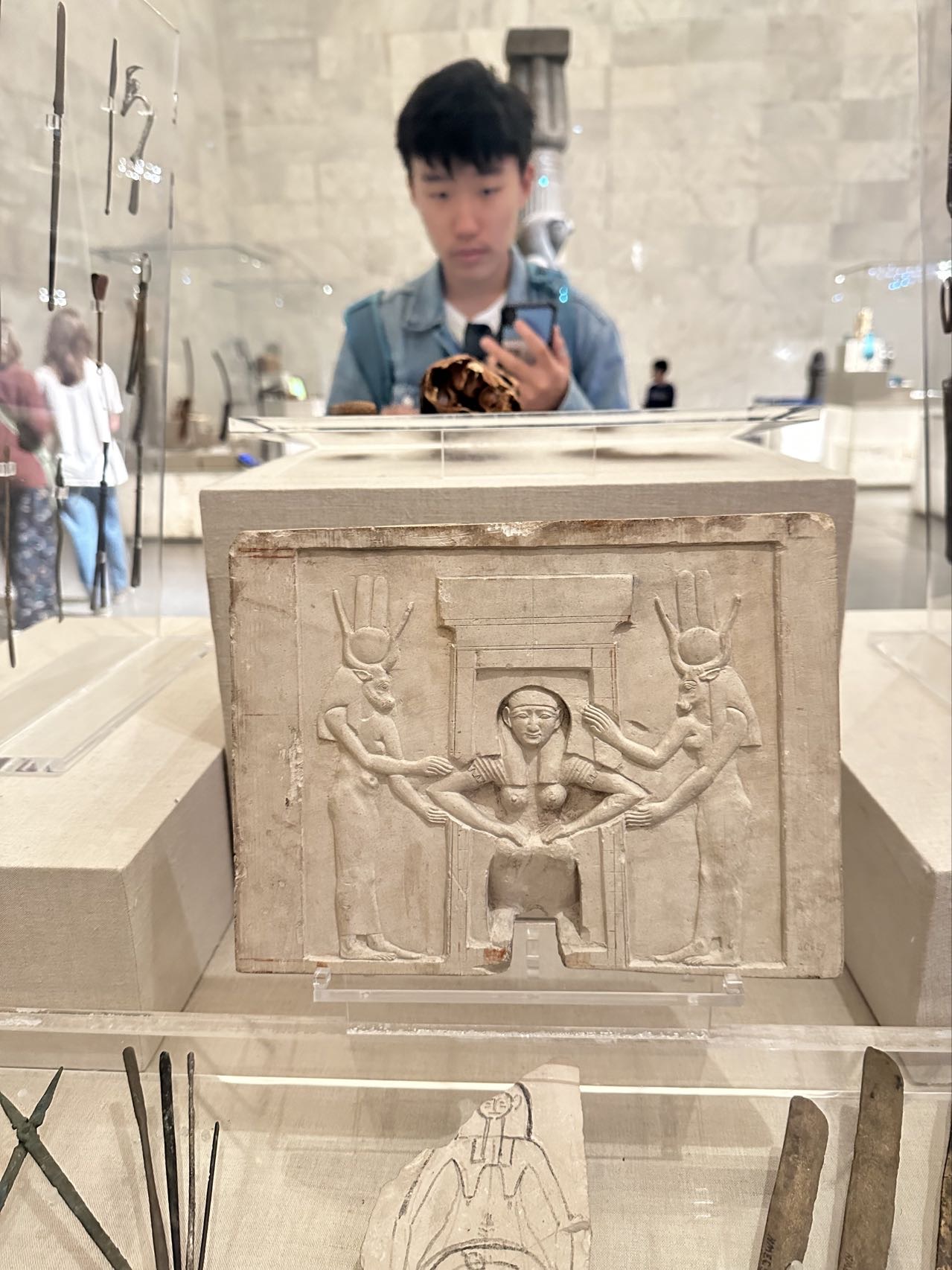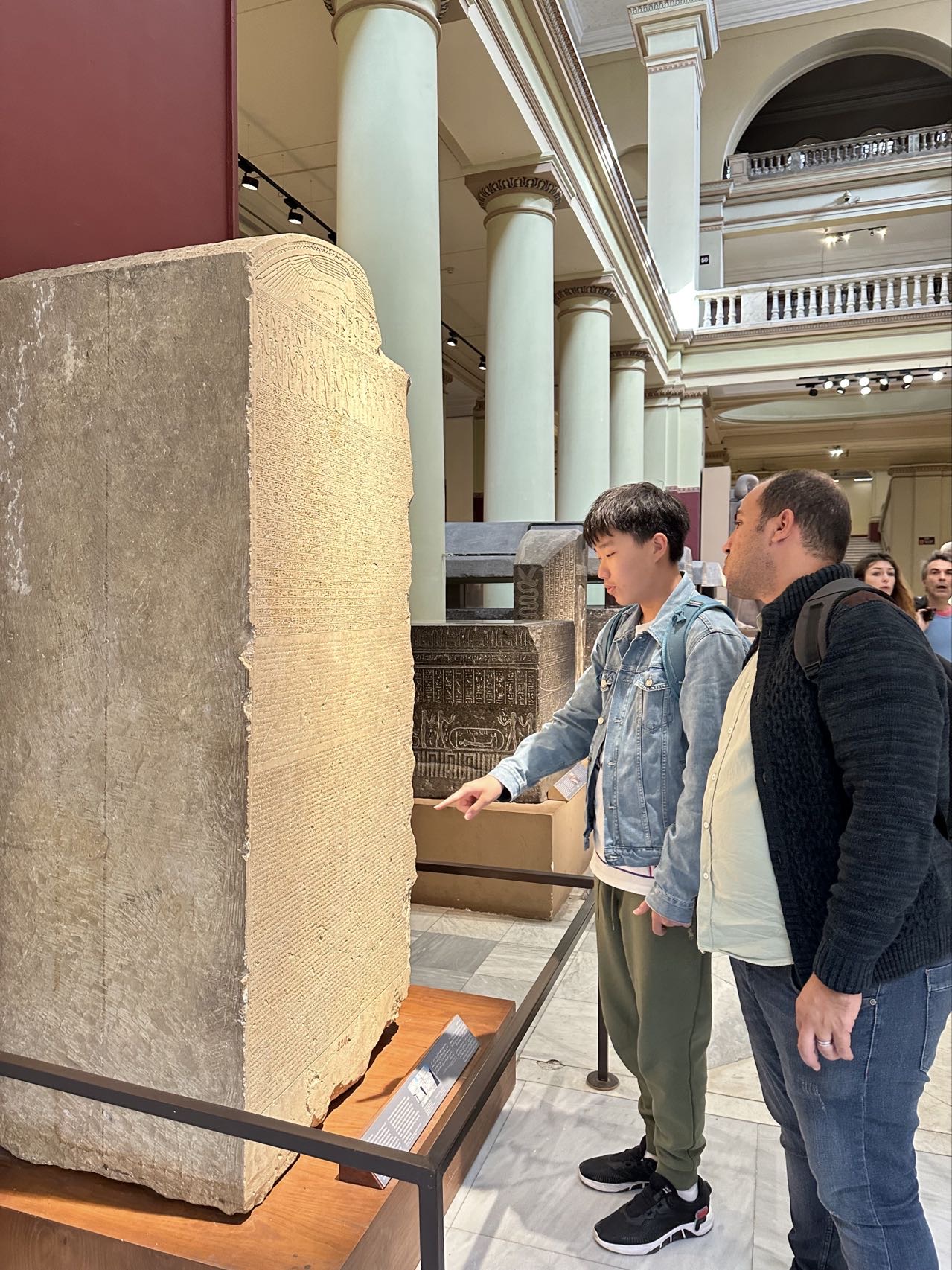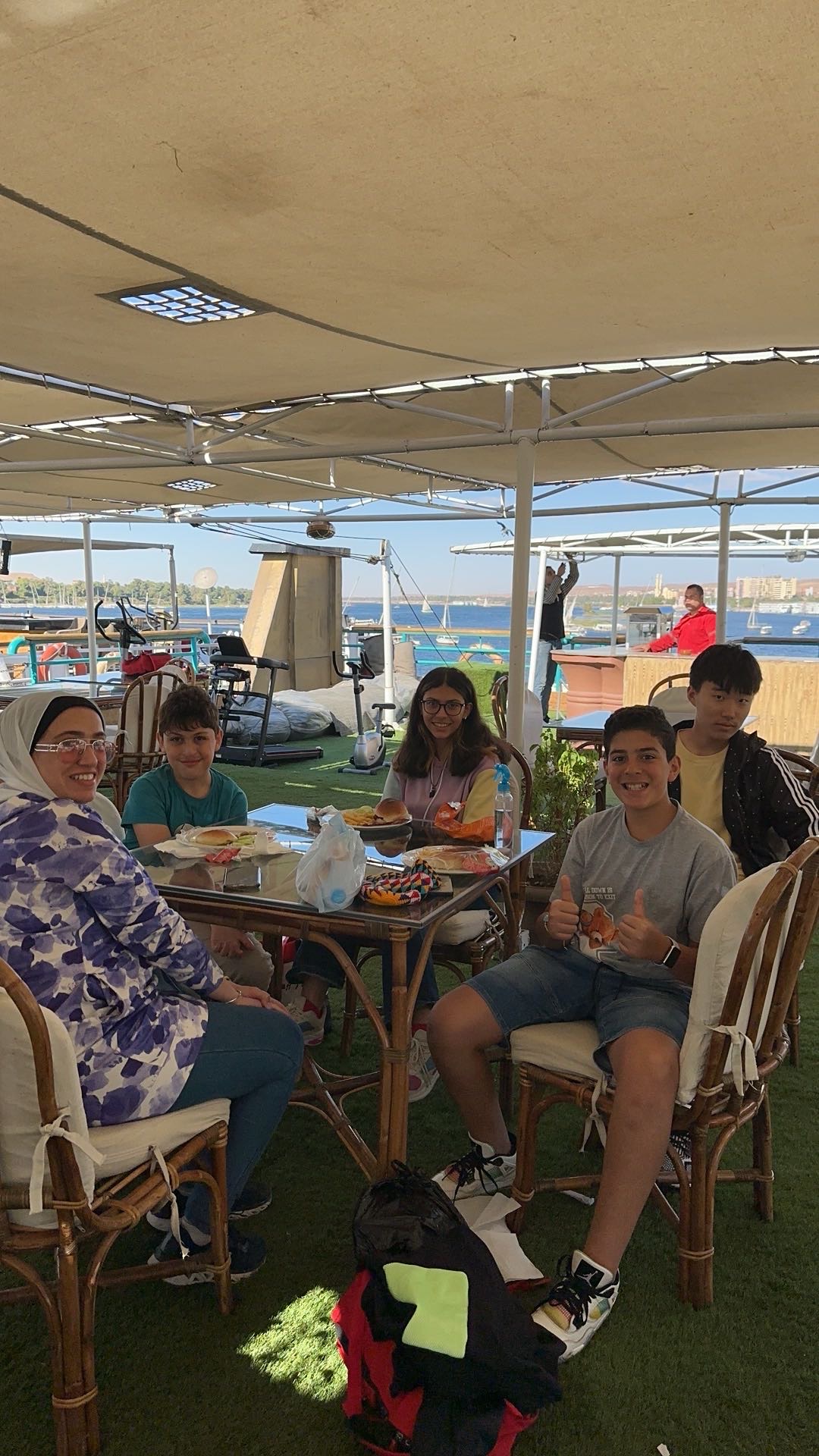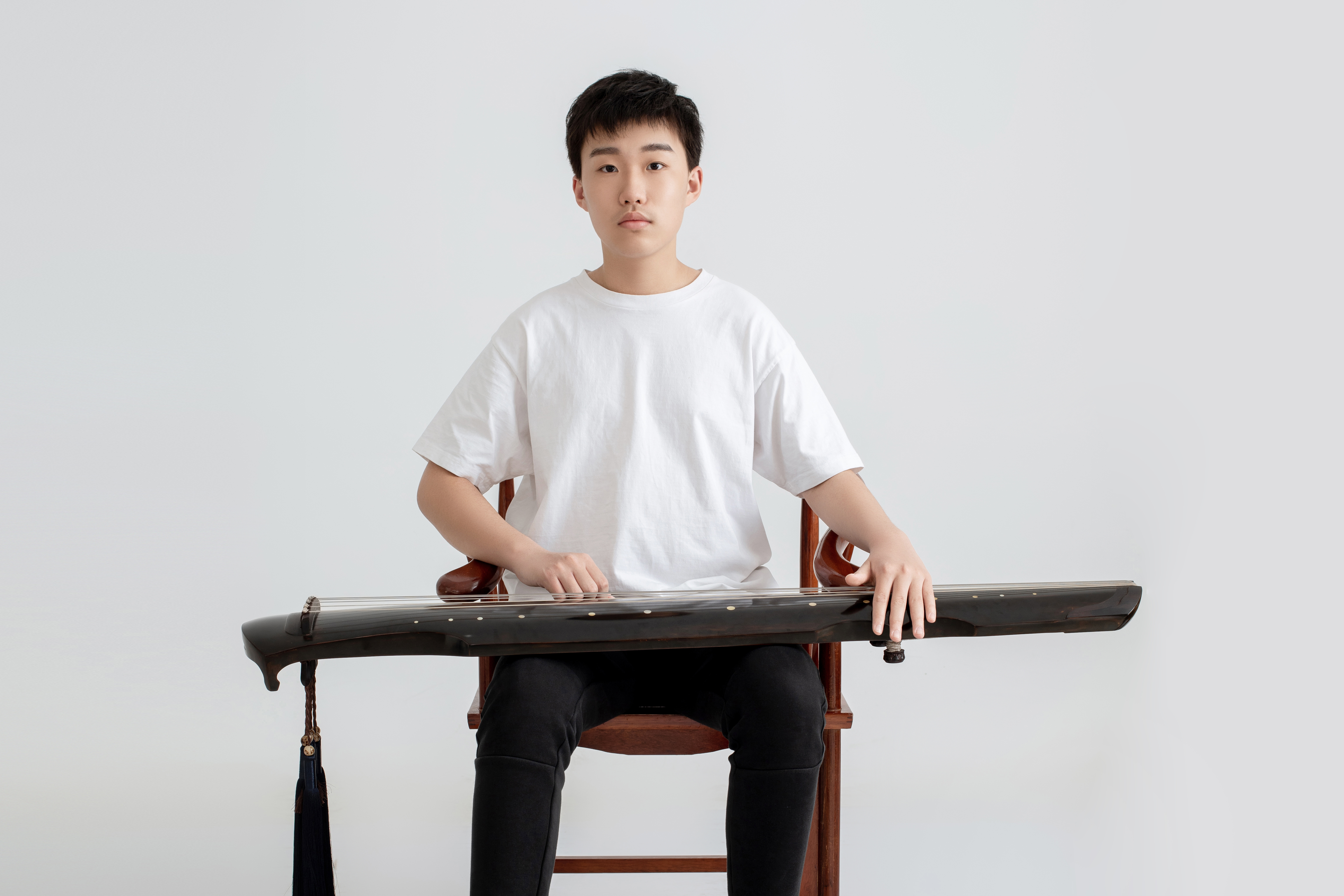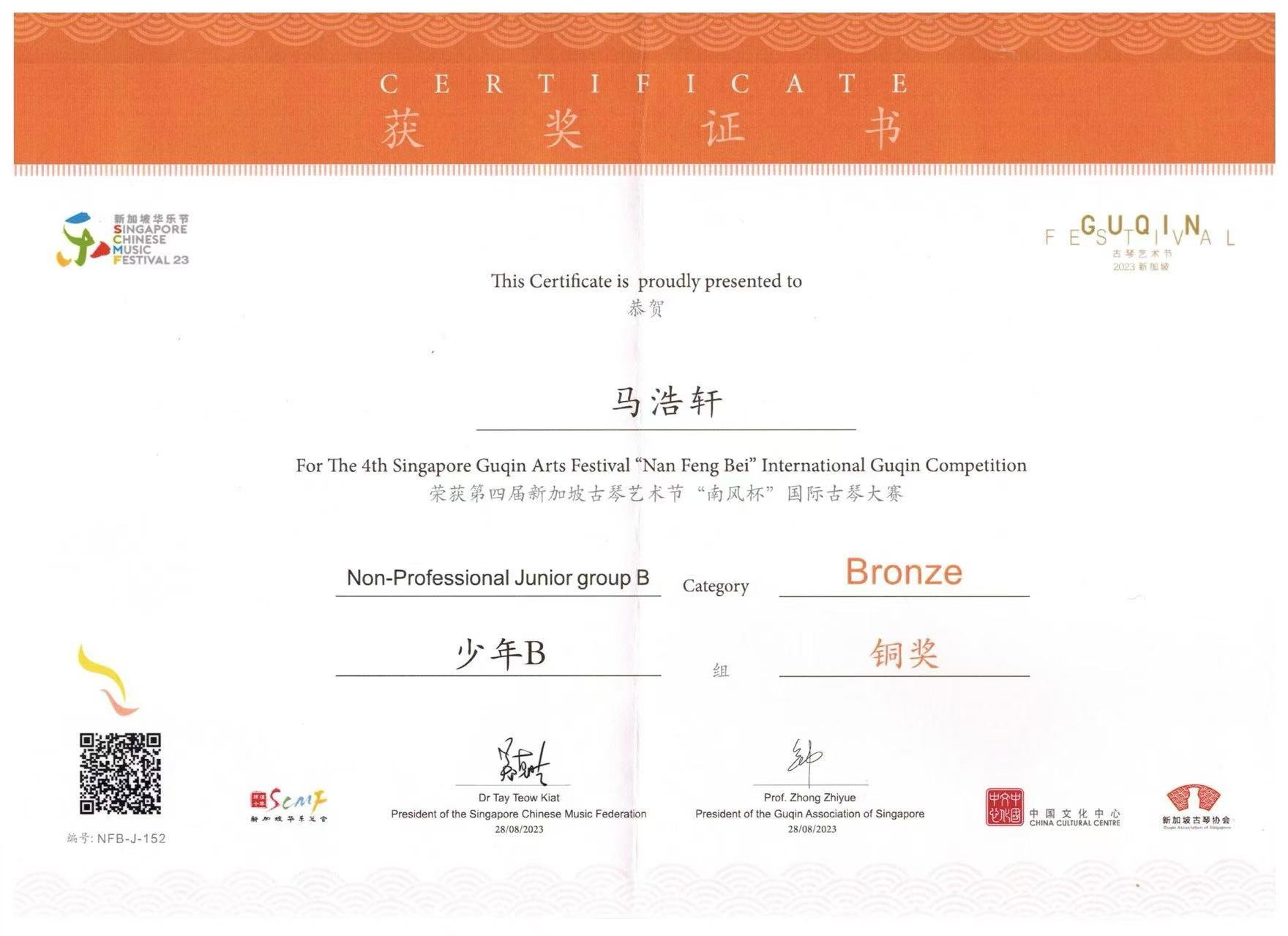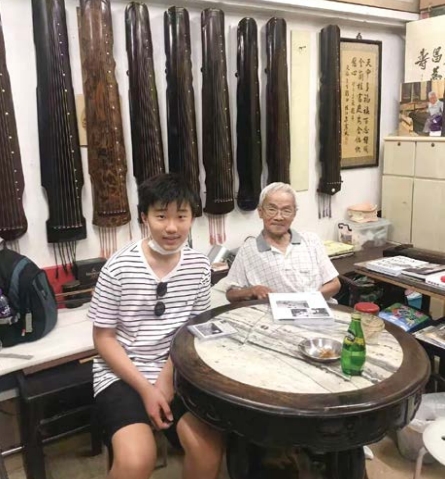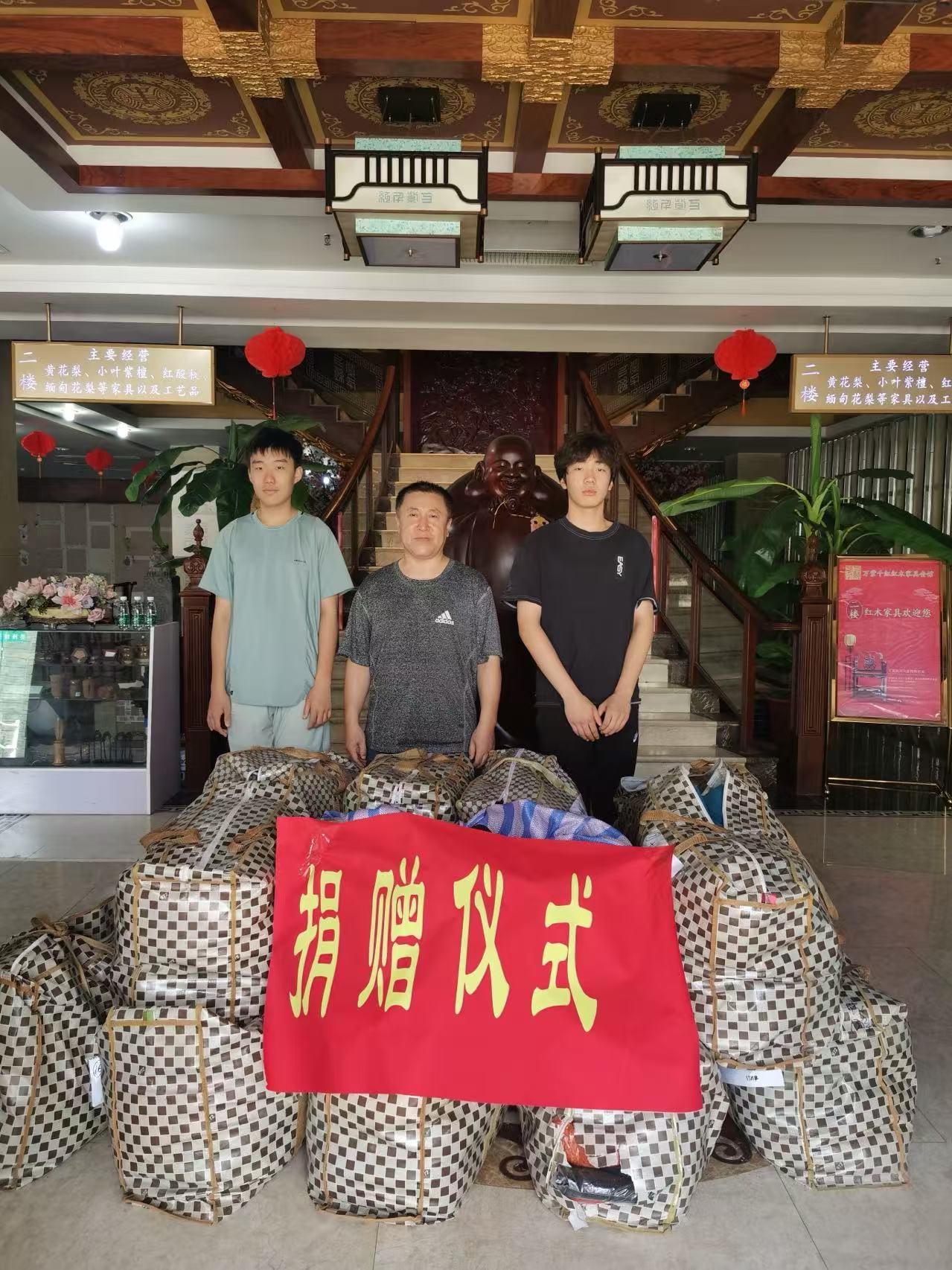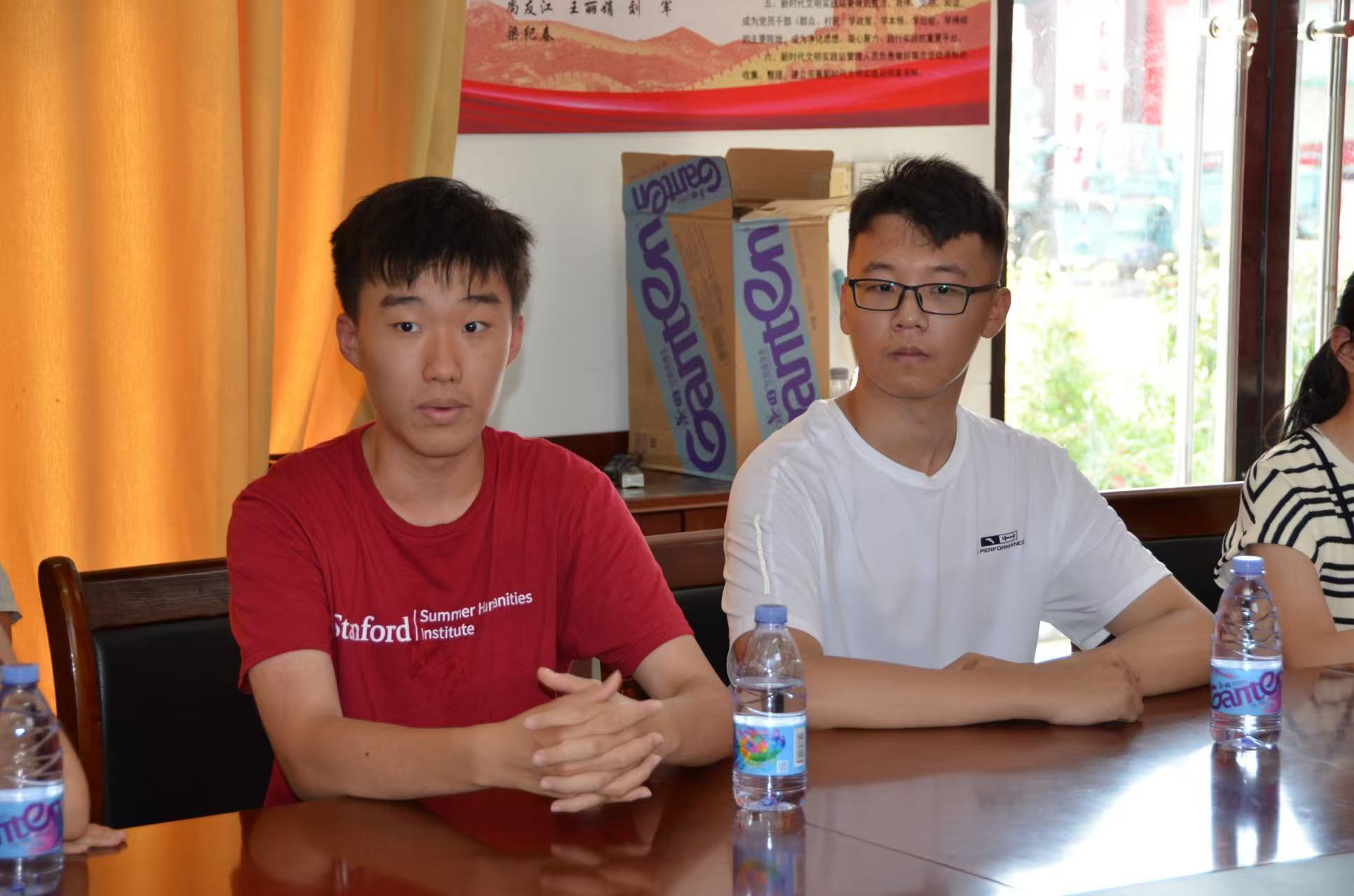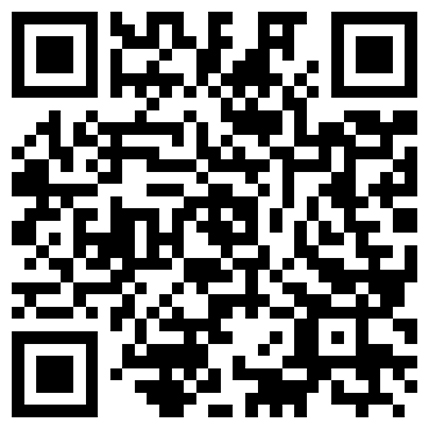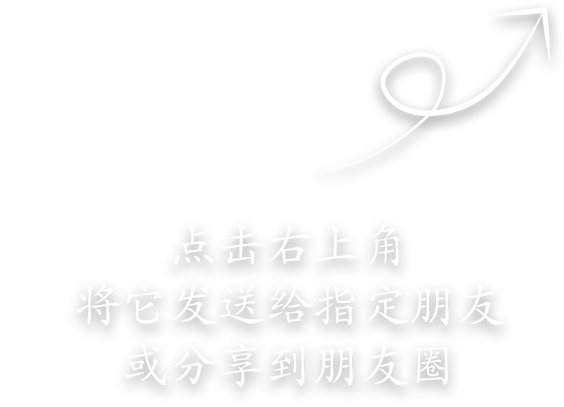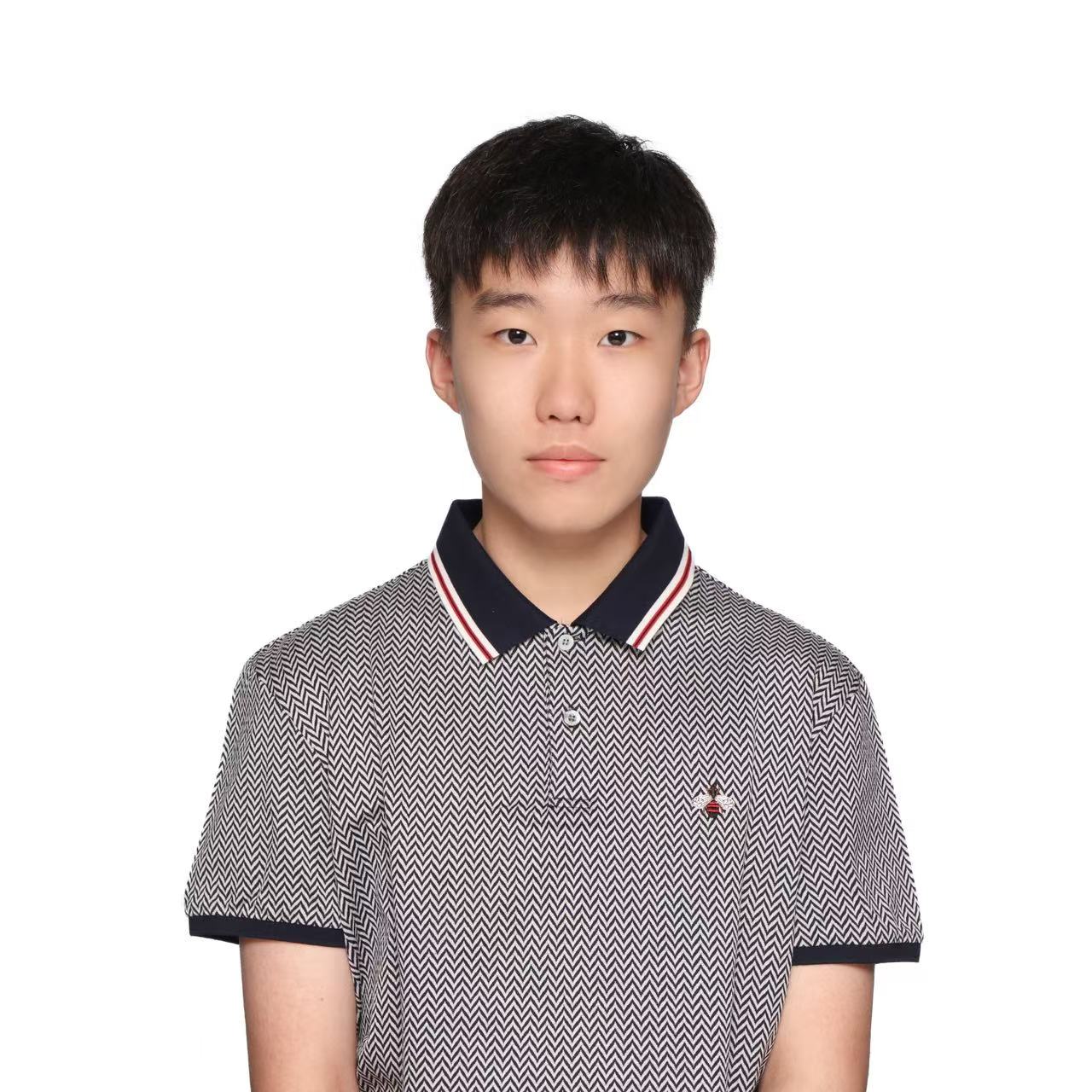

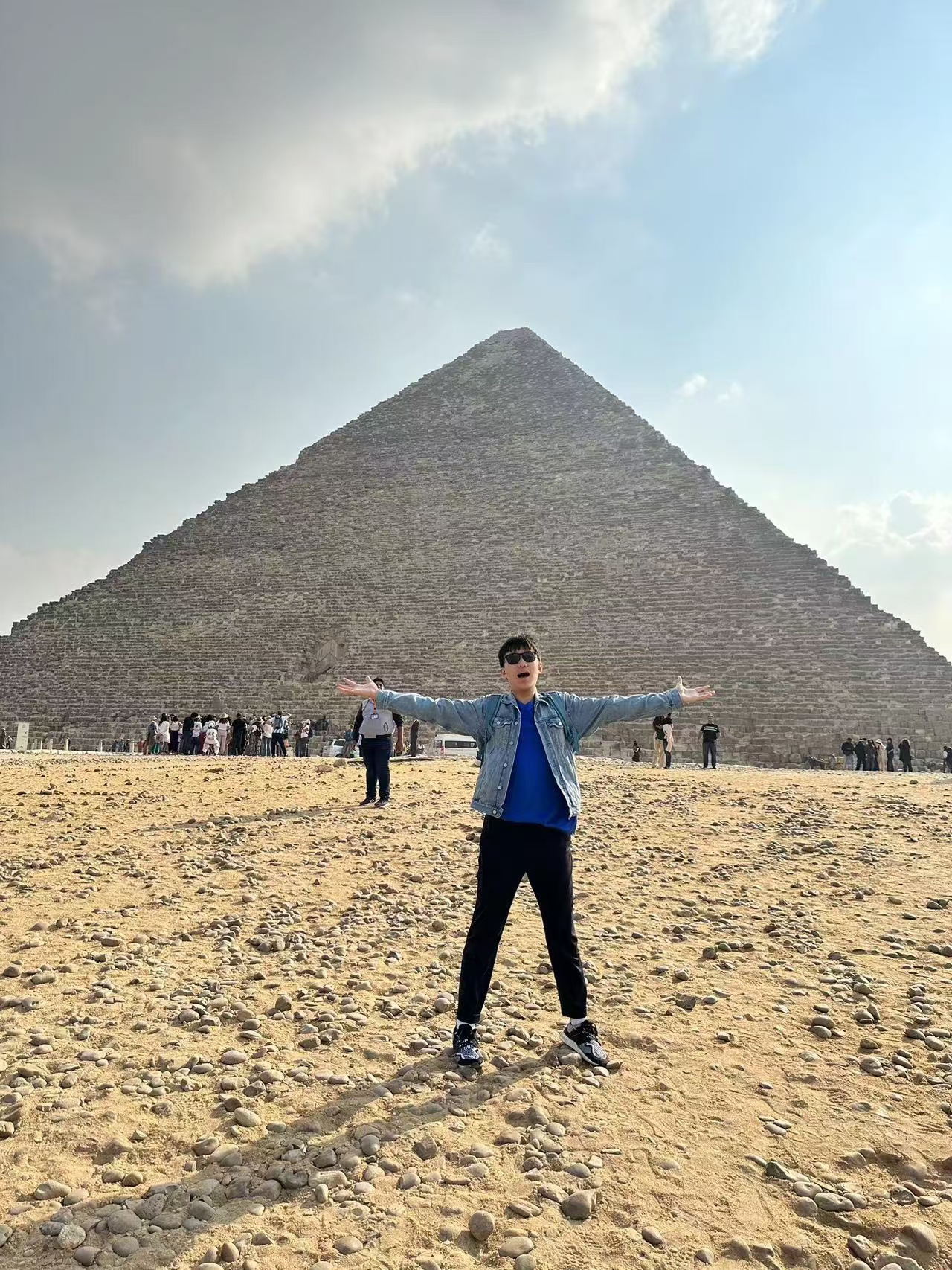
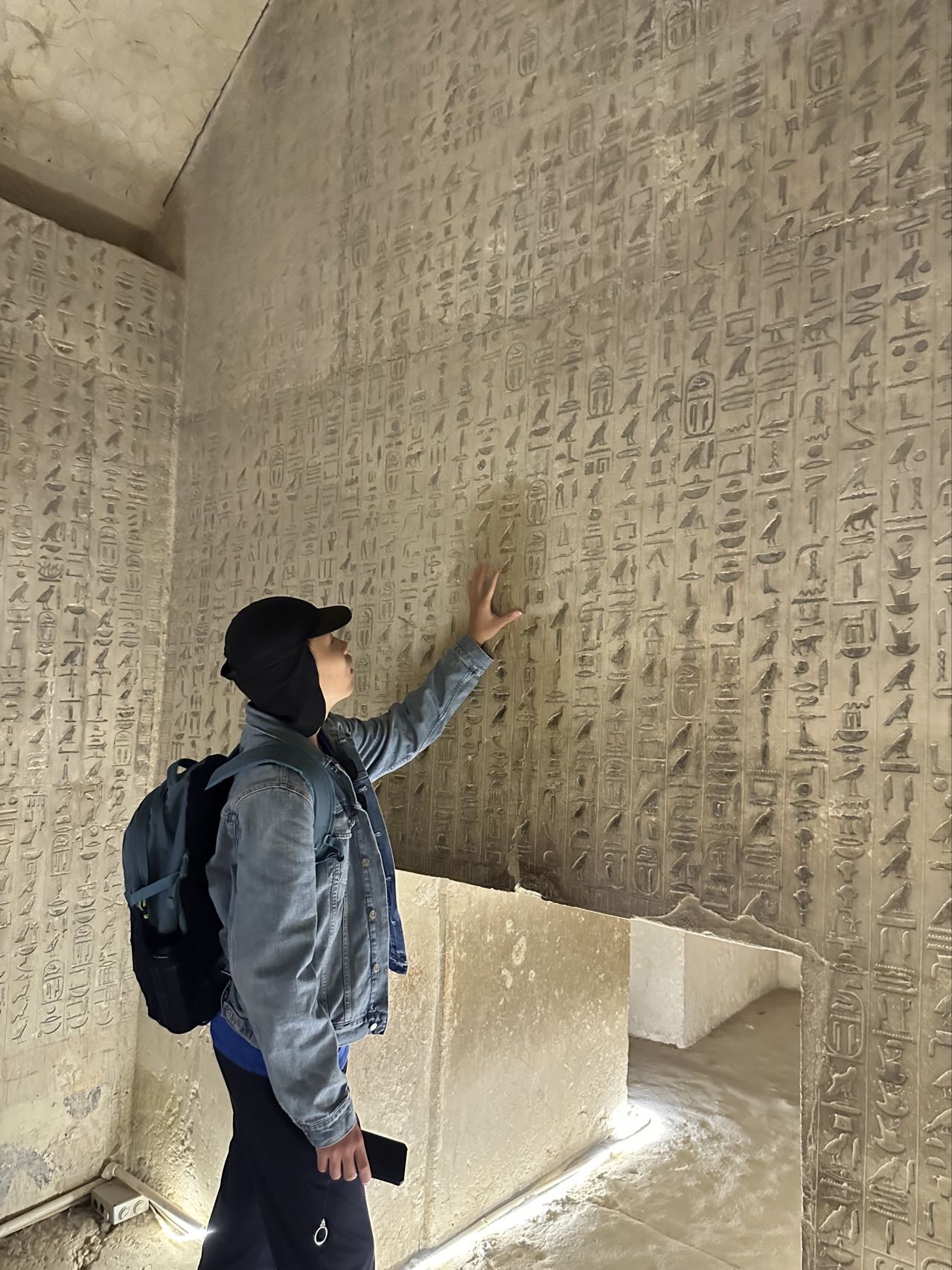
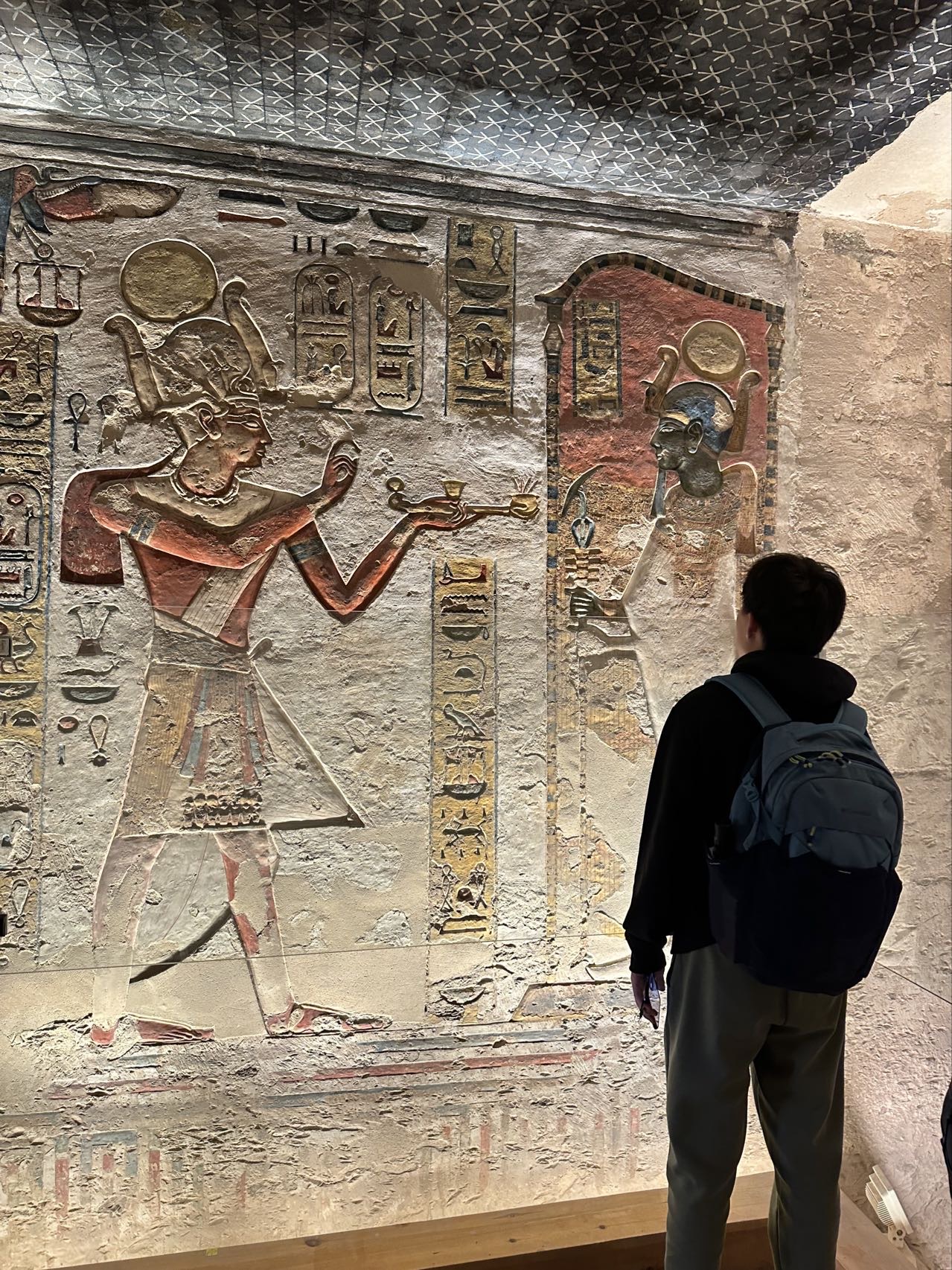
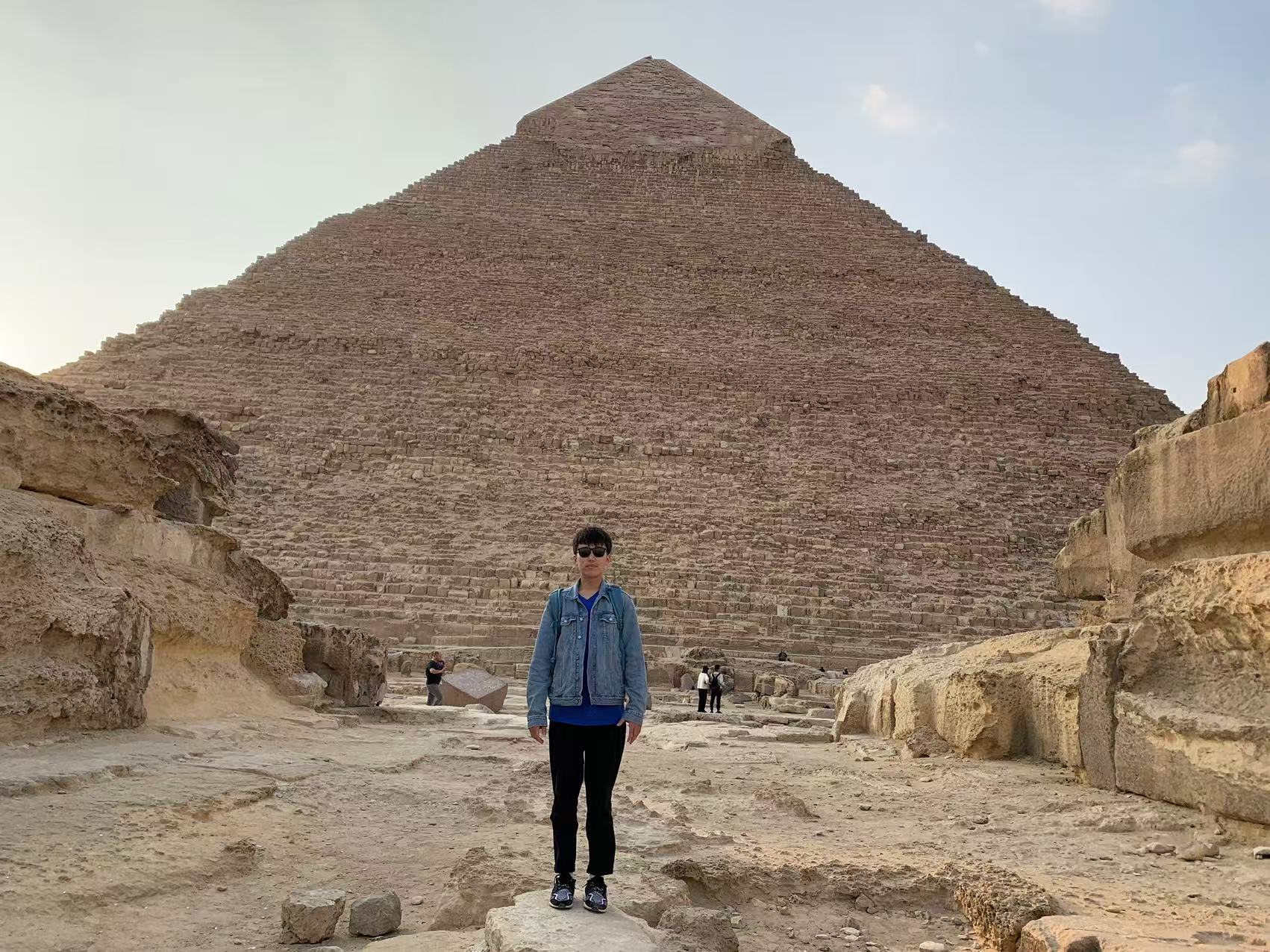
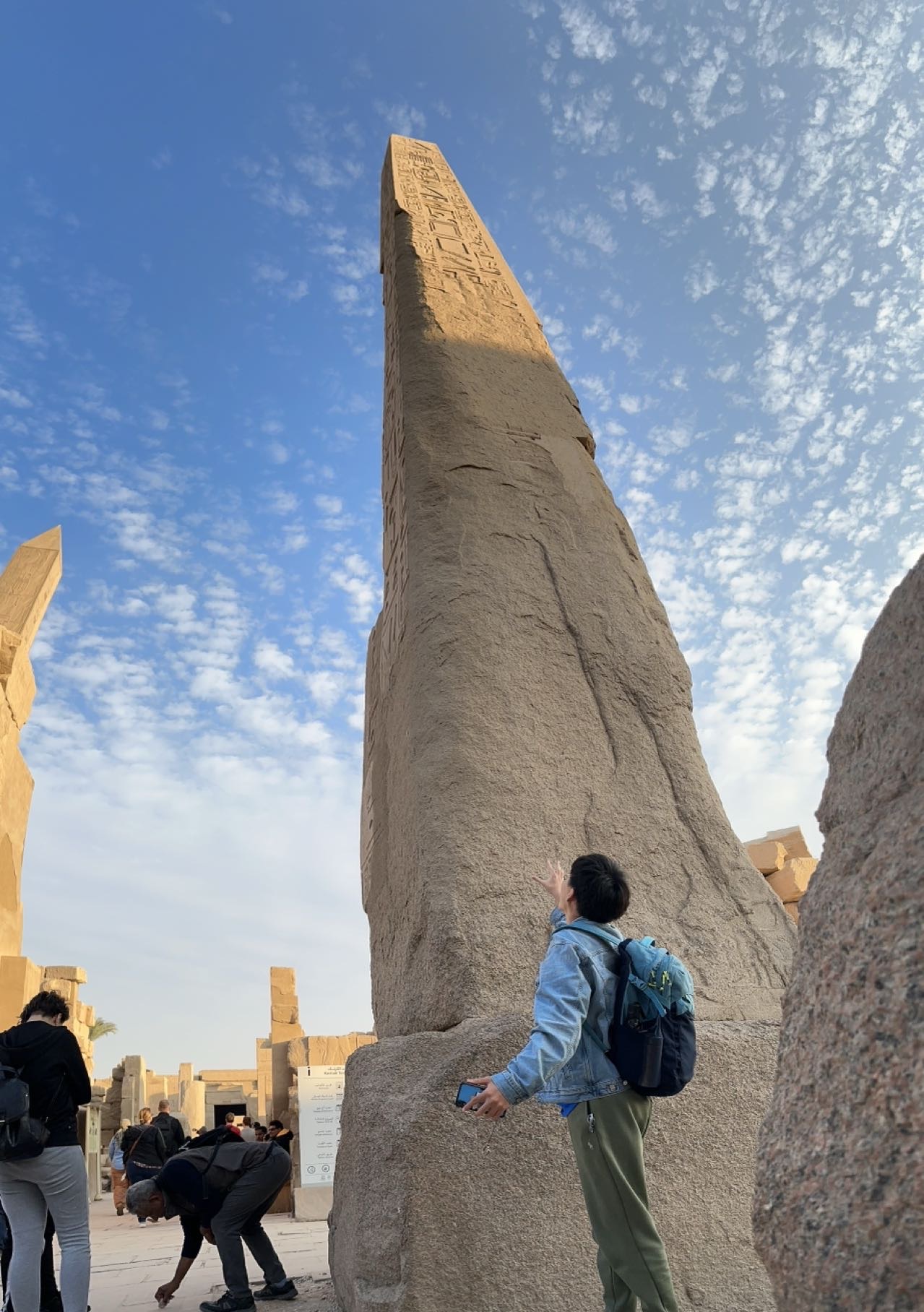
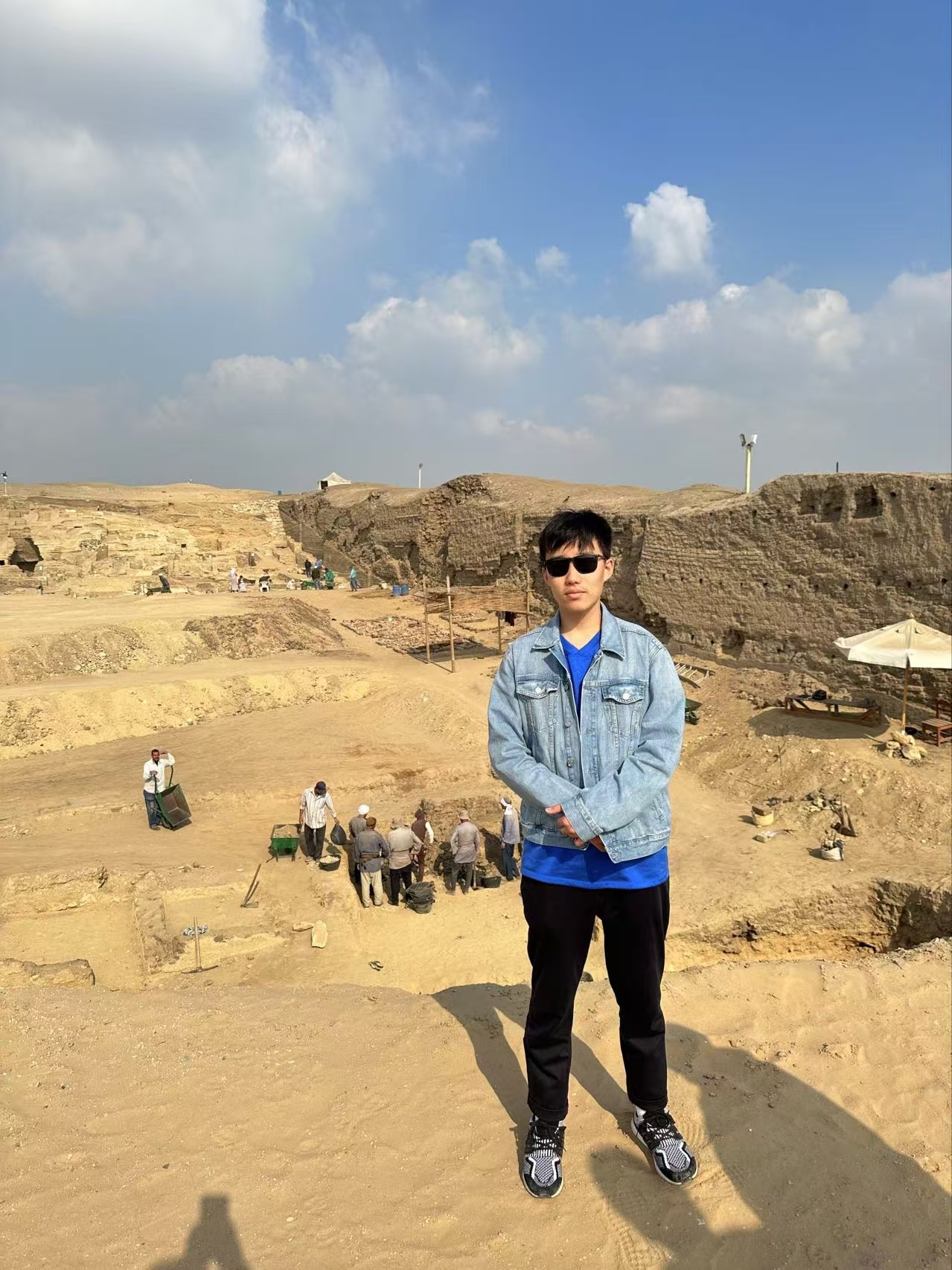
During the first few days of our trip it was quite fortunate to encounter an archaeology team excavating a site. The conversation with the head of the project was insightful!
At the Old Kingdom pyramids, including the stepped Pyramid of Djoser, the first example of such. The famous Pyramid of Khufu (the one my novel revolves around) can be entered via a robber’s hole and nothing else can be found inside except for King Khufu’s empty sarcophagus.
After marvelling at the Pyramid texts inside the Pyramid of Unas, I visited the Egyptian Museum and chatted passionately with the tour guide. The next few days of my trip involves the sights in Upper Egypt, including the Karnak Temple, the Theban necropolis as well as some later temples between Edfu and Aswan.
